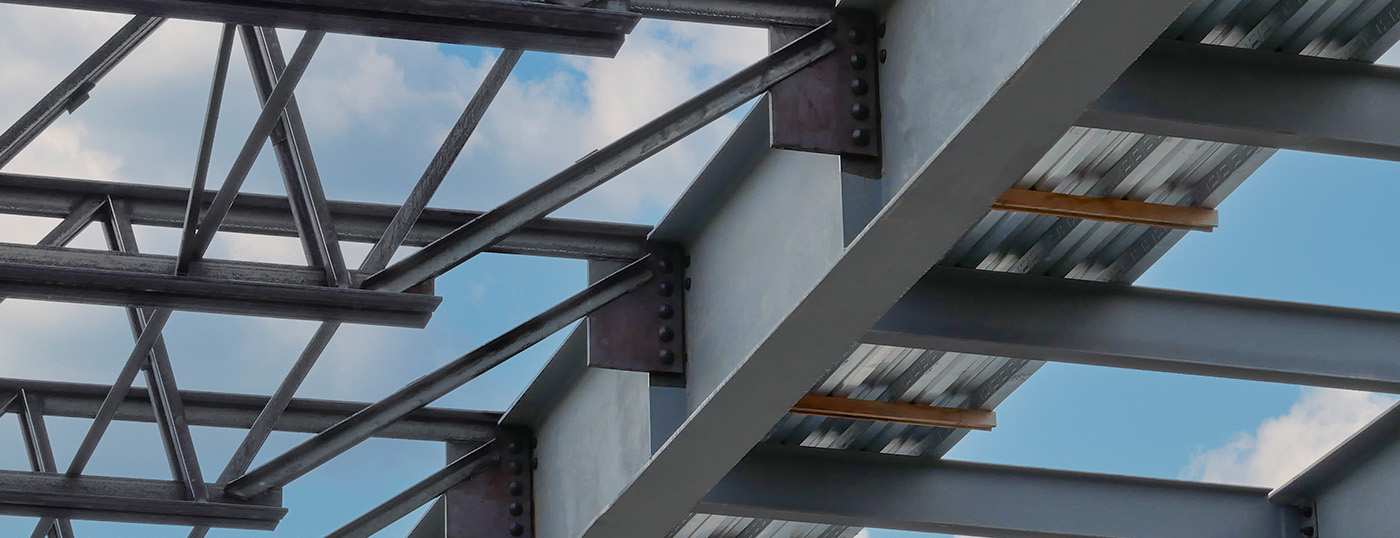
Composite joists with flush-frame end connections are no stranger to the construction industry in this age of multistory fulfillment centers and warehouses. However, the design and coordination of flush-frame end connections have presented industry-wide challenges.
Until now.
The refined engineering connections from New Millennium have a more efficient design to eliminate wide-flange girder torsion concerns and make it easier for structural engineers of record (SEORs) to design and specify them. This innovation in flush-frame connections enables SEORs, joist manufacturers, steel fabricators and developers to more quickly realize the added benefits of improved flush-frame connections in the multistory market.
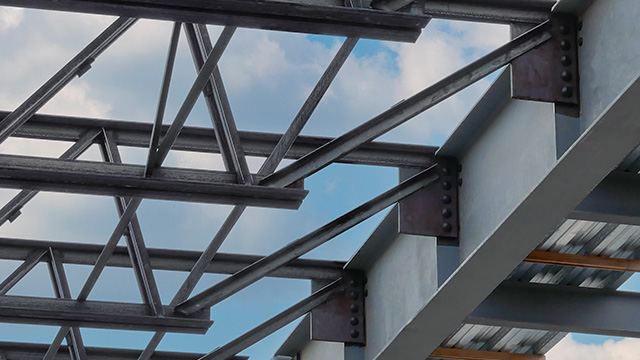
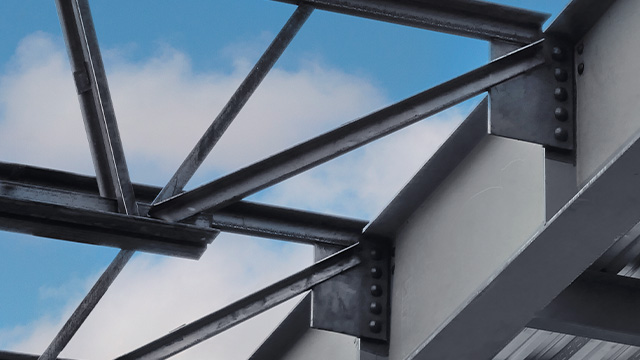
Since 2019, composite joists (CJ-Series) have been specified in multistory fulfillment facilities requiring large, open-span floor systems. That’s because CJ-Series joists have distinct advantages over traditional steel wide-flange beams, including significant weight and cost savings; an open-web system allowing for large mechanical passageways through the joist; and increased depth options for greater inertia, reduced deflections and increased clear spans. The benefits have taken composite joists from about 1 percent of the overall U.S. steel joist market in 2018 to a peak of more than 9 percent in the last several years.
As composite steel joist use increased, a coordination challenge emerged in defining the connection between joists and wide-flange girders. Typically, on these floor systems, the joist top chord is set flush to the top of the wide-flange girder, like traditional wide-flange floor systems. The connection from the joist to the wide-flange girder is by means of a welded shear tab with a single line of bolt holes to be field-bolted to a joist end plate that is shop-welded to the end of the floor joist. This is commonly referred to as a flush-frame end connection.
The connection of the flush-frame joist to the wide-flange girder is originally specified in the structural drawings; however, at the time of initial design, the SEOR does not often know the project’s steel erector or joist manufacturer. These two additional parties are necessary to finalize this connection. As a result, the original flush-frame joist to wide-flange girder connection may be revised and re-designed multiple times before all parties agree to the connection.
Simplifying design and specification, New Millennium joist engineers compiled a set of standardized steel joist to wide-flange girder connections. These connections and their accompanying calculations are available for review and download on the New Millennium website. These standardized connections are intended to reduce the time spent in the connection design, to set dimensions for coordination between the joist manufacturer and steel fabricator, and to shorten the time in coordinating any changes requested by the erector.
Using the New Millennium standardized flush-frame end connection streamlines coordination and, more importantly, introduces a design improvement over competing options.
The standardized flush-frame connection features a joist reaction point that is now clearly specified and designed to occur at the center line of the wide-flange girder, eliminating wide-flange girder torsion concerns during erection and/or due to final design loading of a perimeter wide-flange girder. This is especially important when considering extended shear tab connections in which the connection bolts are placed outside the girder flange to allow for panelized joist erection. The flush-frame connection bolts and plates are designed for the required bolt group moment in accordance with AISC Single Plate, Extended Configuration. The joist and joist end webs are designed for the full center-to-center span length of the bay.
Standardized joist flush-frame end connections can significantly reduce connection design time and coordination. This will, in turn, reduce the joist fabrication schedule and costs. The design is in accordance with AISC methodologies as well as multiple real-world test studies on single-plate, extended shear tab connections. Flush-frame design connections can now be determined and specified in a few simple steps by the SEOR.
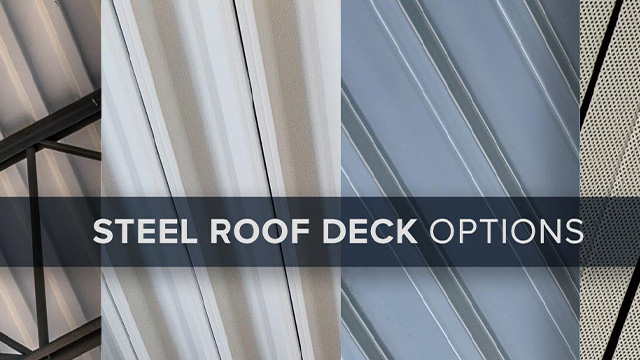
Steel roof deck is not a one-size-fits-all product. Specifying the ideal type for your project is a challenge unto itself. What type is best for your project? It depends.
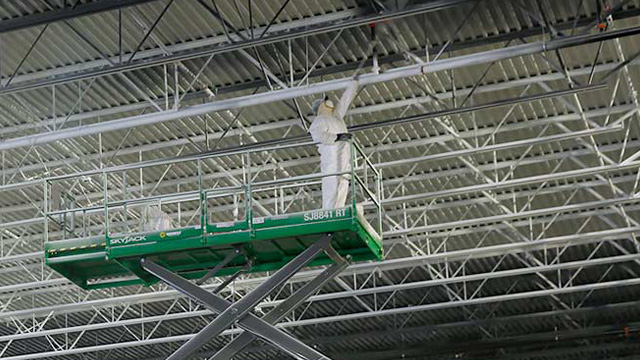
What steel joist or steel deck finish is right for you? To meet customer and project needs, a variety of finish options are available for steel joists and steel deck.
Building a better steel experience